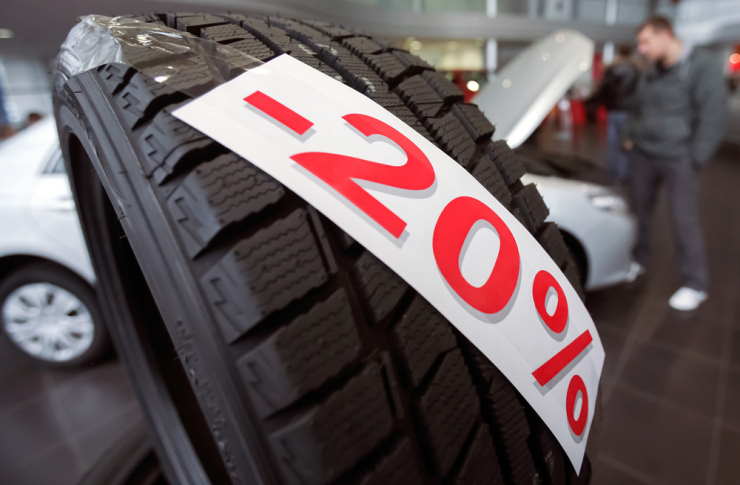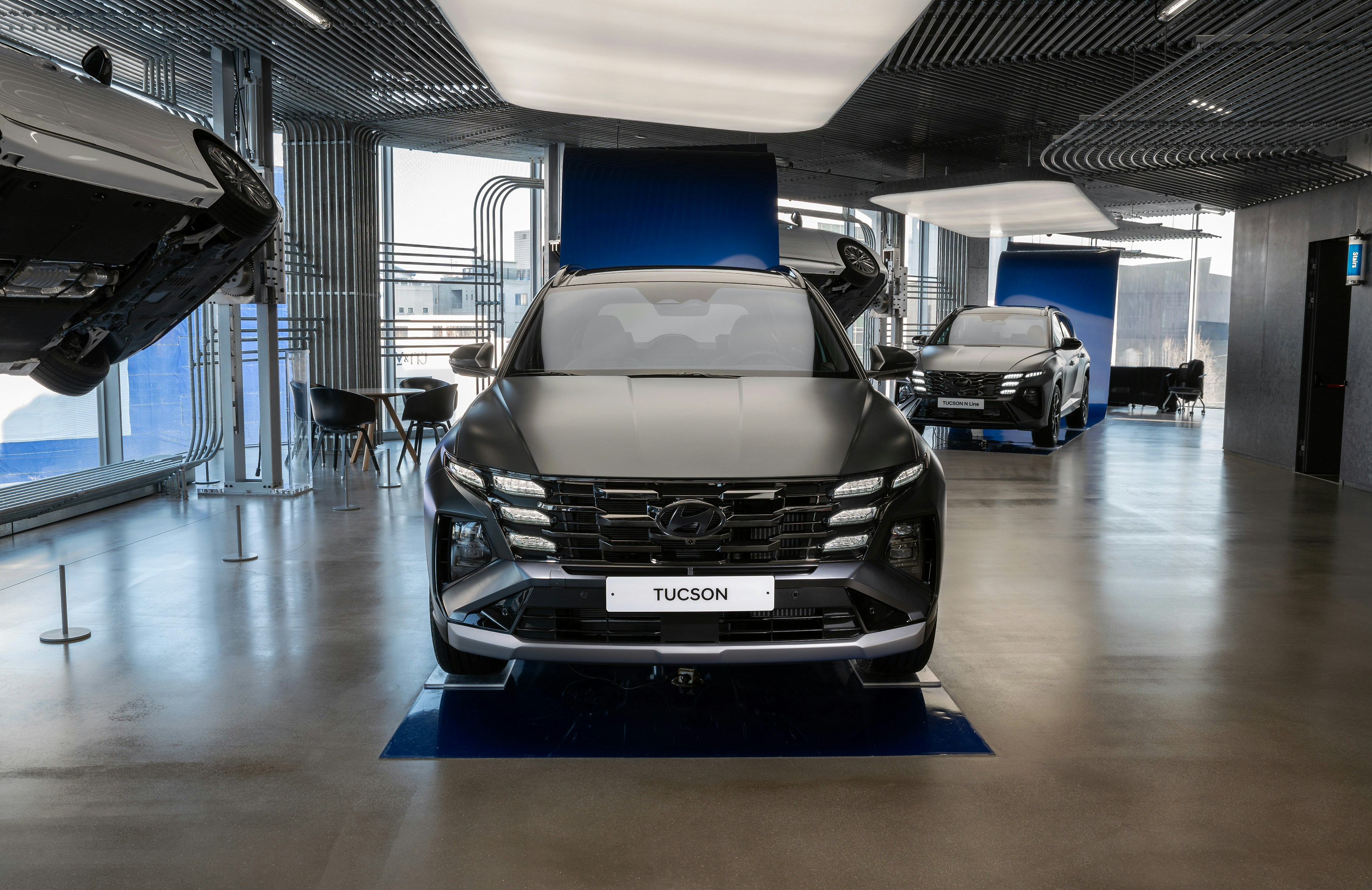Best SUV Deals: How to Find Value on New and Used SUVs
Finding the right SUV deal means balancing upfront price, long-term ownership costs, and the incentives that matter most to you. Whether you’re buying new or used, understanding common deal structures, reading fine print on financing and leases, and knowing where to look in your area can save thousands. This article breaks down deal types, comparison tactics, sourcing options, negotiation timing, and real-world pricing examples to help you make an informed choice.

bulk_create_keyword: How are SUV deals packaged?
Deal structures for SUVs typically bundle one or more incentives: cash rebates, low-interest financing, lease specials, dealer discounts, and trade-in allowances. Dealers may combine manufacturer incentives with in-house promotions or advertise short-term dealer-specific markdowns. Sometimes packages include add-ons—extended warranties, maintenance plans, or accessory bundles—that change the headline price but may have value depending on your needs. Be sure to ask for a written breakdown showing the MSRP, applied incentives, fees, and any add-ons so you can compare apples to apples when evaluating offers.
How to compare SUV deals and incentives
Comparing offers means looking beyond the sticker. For purchases, compare the net price after rebates, trade value, and dealer fees. For financing, compare APR and total interest paid over the loan term; lower monthly payments can hide higher overall costs. For leases, check the capitalized cost, residual value, money factor (or equivalent APR), mileage limits, and disposition fees. Manufacturer incentives sometimes apply only to specific trims or require financing through the OEM’s captive lender. Create a short spreadsheet to track total cost of ownership—fuel, insurance, maintenance, and projected depreciation—so incentives that seem large on paper actually align with your long-term budget.
Where to find local SUV deals
Start with manufacturer incentive pages and local dealer websites to see advertised specials; those are often the baseline. Aggregator sites and certified pre-owned marketplaces list competing offers from multiple dealers for quick comparison. Local classifieds, dealership email lists, and social media groups can surface limited promotions or dealer-level discounts. If you prefer a low-haggle route, third-party brokers or online purchase platforms that provide guaranteed offers and delivery may be useful. Always verify advertised deals with the dealer—availability can vary across inventory and regions, so check for incentives that apply to vehicles in your area.
Negotiating and timing tips for better SUV deals
Timing and preparation matter. Dealers’ monthly and quarterly targets can open room for negotiation near the end of those periods; similarly, outgoing model-year inventory often carries larger discounts as new models arrive. Have pre-approved financing when possible—a lender offer gives you leverage since it clarifies what interest rate you can secure independently. When negotiating, focus on out-the-door price rather than monthly payment alone. For trade-ins, get at least two valuations so you know the vehicle’s market value. Lastly, inspect any used SUV thoroughly or obtain a vehicle history report; small repairs can alter the true value of a “deal”.
Real-world cost/pricing insights: New compact and midsize SUVs commonly start in the mid-$20,000s to low-$40,000s depending on trim and options. Lease specials often advertise low monthly payments but might require a down payment, acquisition fees, and limitations on mileage. Certified pre-owned SUVs can offer meaningful savings versus new while retaining some warranty coverage—expect prices typically 10–30% below new MSRP depending on age and mileage.
| Product/Service | Provider | Cost Estimation |
|---|---|---|
| RAV4 (compact SUV) | Toyota | Starting around $28,000 |
| CR‑V (compact SUV) | Honda | Starting around $29,000 |
| Escape (compact SUV) | Ford | Starting around $27,000 |
| Equinox (compact SUV) | Chevrolet | Starting around $27,000 |
| Tucson (compact SUV) | Hyundai | Starting around $26,000 |
Prices, rates, or cost estimates mentioned in this article are based on the latest available information but may change over time. Independent research is advised before making financial decisions.
Conclusion
Smart SUV shopping combines research, timing, and careful comparison of total costs rather than relying on a single advertised number. Use manufacturer and dealer channels to surface incentives, verify applicability to the exact vehicle you’re considering, and compare financing or lease terms side-by-side. Whether you prioritize monthly cost, long-term ownership value, or a specific feature set, clear documentation and a few competing quotes will help you identify authentic SUV deals that match your needs.






